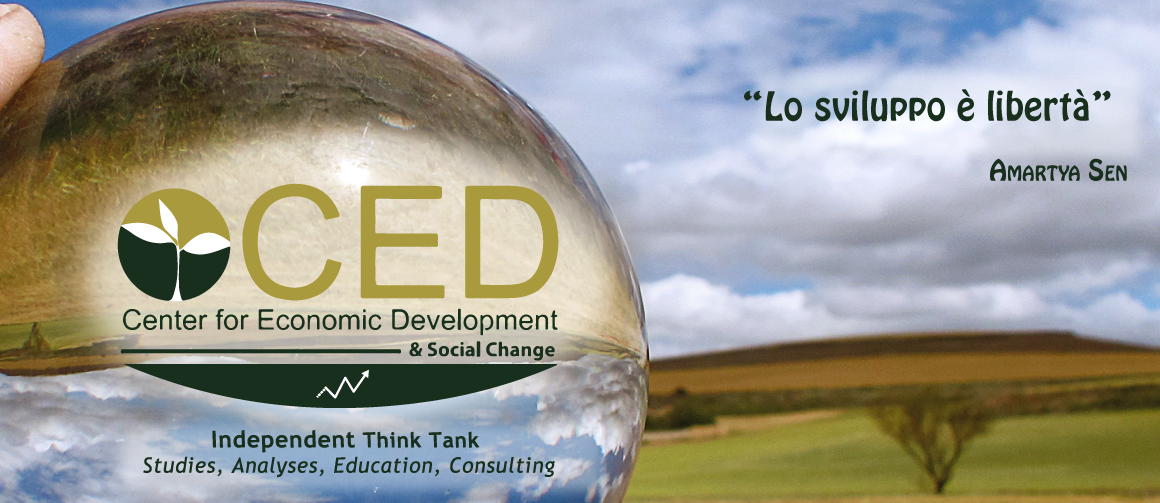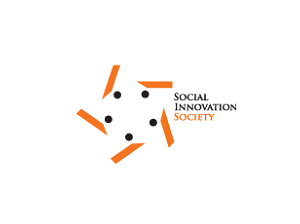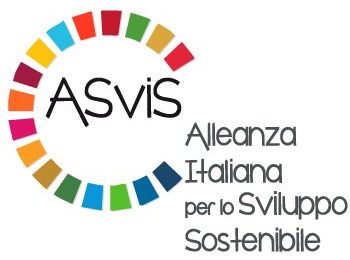Agenda 2030, Innovazione Sociale e sviluppo sostenibile: tre domande al Prof. Enrico Giovannini

Mi è stato richiesto di rispondere a tre domande sull’attività svolta in questi anni prima da Direttore delle statistiche dell’OCSE (Organizzazione per la Cooperazione e per lo Sviluppo Economico), poi come Presidente dell’Istat, Ministro e attualmente come portavoce dell’ASviS (Alleanza Italiana per lo Sviluppo Sostenibile). La prima domanda riguarda il perché, in tutti questi anni, mi sono dedicato alle questioni che riguardano la misurazione del benessere, della sostenibilità e dell’equità.















